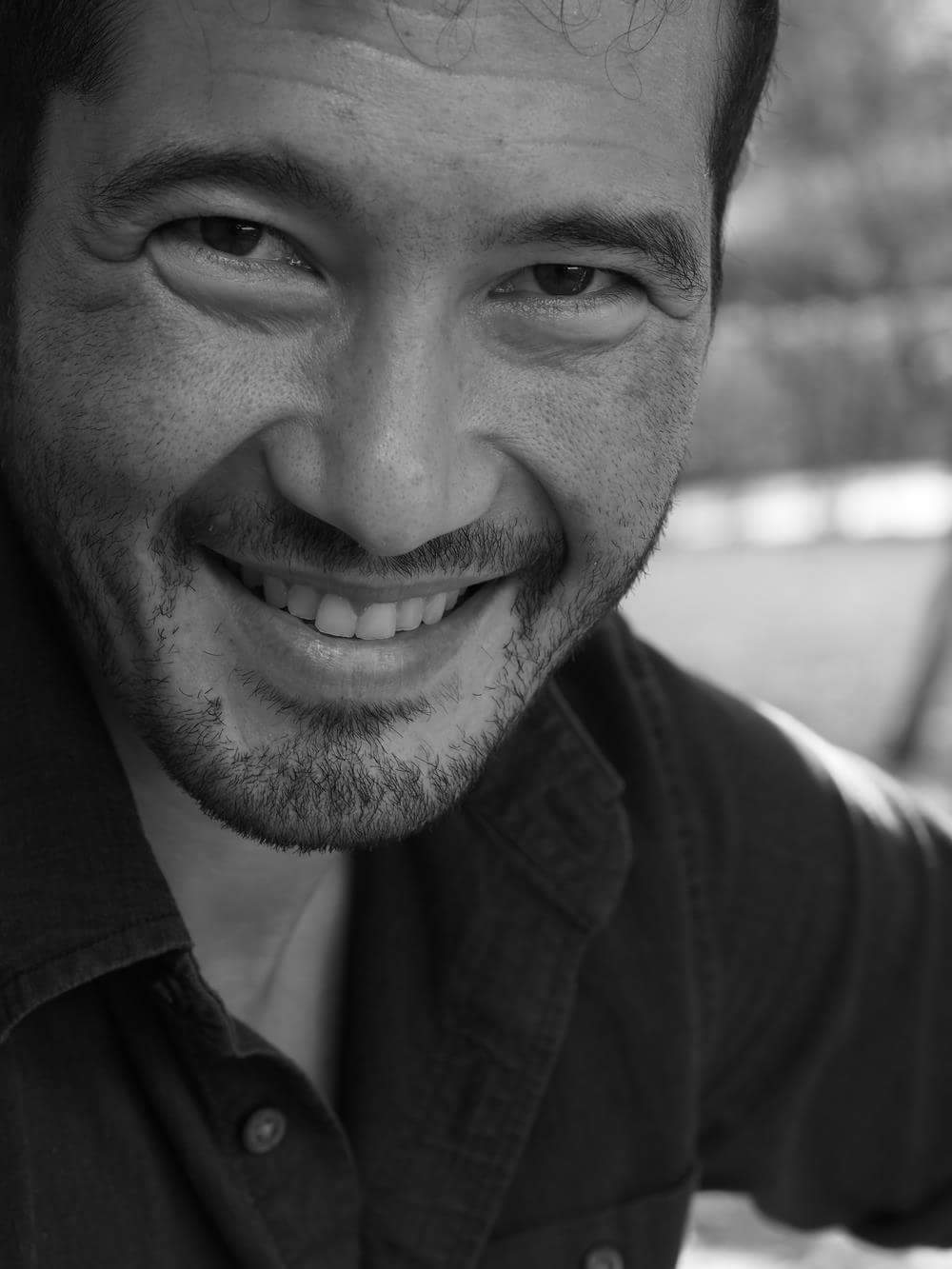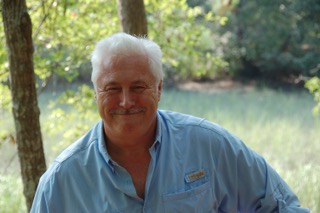
Tweetables courtesy of Mike Copperman
“I think the emphasis on process is something you learn in sports. You need to pay more attention to how it is what you’re doing and not what the outcome necessarily is.”
“To me I’ve got to have my heart in it and I have to have something to say or something at stake.”
“I’ve learned that I have to trust that impulse, which just means sticking with the process and how you would write.”
“What is true that I don’t want to admit both within myself and about the world I’m interacting in?”
“I don’t give anybody a savior story because that wasn’t my story to tell.”
“It was my way of writing myself whole.”
Mike Copperman, author of Teacher: Two Years in the Mississippi Delta (University Press of Mississippi), joined me talk about his book, and how he became a writer.
His work has appeared in Creative Nonfiction, Oxford American, Guernica and many, many others places. Be sure to check out his website for more.
Beyond that, all I ask is that you share this episode with people you think will get something out of it and that you quickly rate the podcast. It’ll help me reach more people and get these gifted writers in front of more readers.
Thanks for listening!
Here is our SpareMin conversation with a transcription below. This transcription is NOT from The Creative Nonfiction Podcast.
BO: Thanks for coming on my humble little Book Show, a micropodcast with SpareMin, it’s great that we can have this little conversation about books and writing. Thanks for that.
MC: Pleasure to be here.
BO: Since you the memoir and you write a bunch of essays, you’re also deeply into fiction, I wonder what type of writer do you identify most with? Do you see yourself more as a fiction writer or nonfiction?
MC: It’s really interesting. I think that…I was trained as a fiction writer and meaning I have an MFA in fiction and I grew up reading more fiction than I did essay or nonfiction. I continue to write fiction. At the same time, I actually wouldn’t separate the two genres so much. With the nonfiction it’s not so dissimilar with the craft of fiction.
For one is not really training for the other. I think of myself as a writer I guess is what I would say. I think if you look at the balance of my publications you would find that I’m more prolific and successful creative nonfiction writer than I am a fiction writer. But I think that’s about outcomes when I release things into the world. I don’t find the process to be so different.
BO: Which one, given that you have a foot in both pools, which one do you find most difficult to get your head around? Which one do you struggle with on a craft level if one is more challenging than another?
MC: Honestly I find both to be difficult in dissimilar ways, I appreciate the limitations of what has happened within nonfiction which means that there are so many less choices that you have to make, right? You’re working from a very concrete set of, let’s see, of facts and experiences and things that are out there in the world and where one might have to do research and find information in the creative form, I find that when I approach something naturally and intuitively with those limitations and with the considerable gift of memory what has honed what has happened to its sensory essence for me. I’m usually able if I’m writing personal essay or creative nonfiction to feel my way towards the things relatively naturally. The difficult part is giving up what is actually at stake there in the material that I didn’t want to admit or realize. And having to reckon or grapple with it.
In fiction I tend to find the difficulties I have in fiction are in allowing what is there to emerge organically because I usually have to have something personally at stake in the material that impels me to go into it. And then in allowing the events that are there to get at something that is true which did not not necessarily happen, right? In other words that I need to make the meaning that’s there and feel my way toward it when it’s relatively invented. So, you know, I think that’s an interesting difference it tends to be. But I guess what I have difficulty with is the invention to get to the meaning within fiction and the inhabiting of the pain/loss or perhaps meaning on a personal level when it’s nonfiction.
BO: How do you work through that in your fiction where you’re trying to reach that truth that is somehow grounded in personal experience, but you’re also using imagination as well. Do you sit there and muscle through it at your desk or do you write from a roughly sketched outline? How do you approach that?
MC: I tend to find these things mostly wholesale. More by an image or by something I can see happening or by voice. Most of my fiction is relatively voice driven. That imaginative act tends to be more of an intuitive one. I’m into something and I write it. I have the most difficulty when I actually have to go into other thigns that are not necessarily …. and so I struggle the most when I’m trying to figure out what’s happening or impose my ideas on it. so muscling through is usually the worst thing. I usually end up abandoning the thing I try to muscle through.
BO: When I was talking with the memoirist and novelist Tom McAllister, he was talking about that in terms of writing his fiction. He has to find the voice of whatever story he’s writing first and when he find that it’s downhill from there. He came to the voice relatively early in that writing process [of The Young Widower’s Handbook], it was so easy once he found that voice. Is that where you spend a lot of your time finding the point of view and the sort of tone and voice of the story and from there it’s like running downhill?
MC: It really is, I write almost exclusively in first person so, typically for me what I have to do is find out who is speaking and how. Then the voice itself writes the story. I think that’s not typical. I spend a lot of time studying third-person craft. I love Flannery O’Connor, all of these writers that use the Munro, they use the great power of omniscience and moving in and out of point of view. I’m simply not that kind of writer for whatever reason first-person voice is what drives my fiction.
BO: What are some influential first-person books that you re-read as a North Star as you create your own work?
MC: I think I have to say that I do love Gatsby, I was going to say I love Fitzgerald, but I think his short stories are kind of trash. I find that in that particular book he pushes the narrative limits and does with first-person what we tend to think of the function of third person. That high retrospective mode that he engages in which is really closer to the devices that we say in essay where the past is weighted by the years that came between and we tend to look at that squarely. I really admire the use of that voice. We think of first person as being the character is the scratch on the lens so what you see gets you around the narrator to what the narrator doesn’t necessarily want to admit. Fitzgerald’s product is different in a similar way so perhaps seeing around the narrator more, I really admire some of Murakami’s really short sections that are in the first person. And I am a tremendous fan of Ishiguro’s “Never Let Me Go.” which does these things in the first person where you have this high retrospective mode and then we’re seeing the world, what’s there is being weighted by sensibility that takes into account what’s happened.
Similarly, there’s a book of stories by Willa Cather, it’s a compilation of short stories she wrote in a lifetime spent most writing novels, but she again has a similar mode where her first-person narrators are to some extent looking back and that they themselves may be unable to understand or were complicit in and time sort of clarifies what they’re getting at.
BO: Now when Teacher came out, and for people who are listening who may be wanting to write books or to publish and might not know what that’s like, what was the experience Teacher publishing and coming out and you holding your first book, hardcover in your hands for the first time, what was that experience like for you this being your first book?
MC: It was pretty magical. I got a galley in the mail. I got a galley in the mail and that was exciting, but is not a hardcover copy, right? When the book came out, fresh off the presses for the Mississippi Book Festival and I was flown out there to be on C-Span and do some stuff with the book and I hadn’t seen it yet. The fist copy of the book I saw as handed to me by one of the founders and directors of the Mississippi Book Festival and invited me over to his Antebellum house with his mother who had been a teacher who had read the book in one day when it came out the day before. The first book I held was one that had already been read for this man’s very, very kind educator mother. So I think it was perfect in a way.
It’s an indescribable feeling and you quickly realize that just because a book has become an object, it doesn’t really change anything, you still have to hustle the book. You still have to go about your day. Most people are not all interested in the fact that your narrative art is an object in the world.
But that first moment. I let myself enjoy it. The cover and weight of the book and the pages. This is a beautiful thing and I should take a moment to enjoy it and mark it up with my terrible handwriting.





